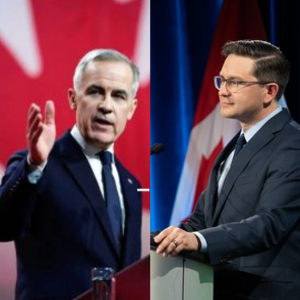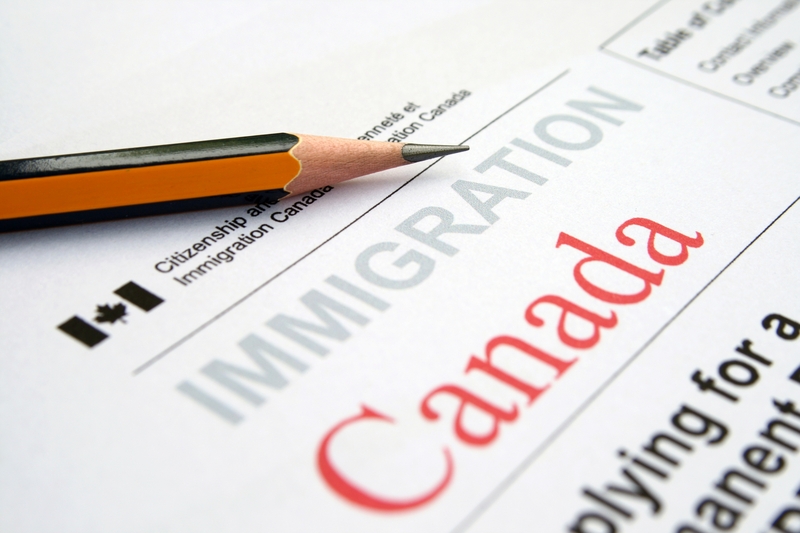
The gap between the Liberals and the NDP has widened, but the PCs continue to lead. These findings come from INNOVATIVE’s latest online survey of 601 Ontario residents weighted to n=500, conducted from May 19 to May 23, 2022. A full methodology is provided in the appendix.
Horserace
There has been minimal movement in the polls since the campaign began. The Tories, Liberals and NDP have all been moving within a small range of results. That said, the PCs remain ahead of the Liberals with a 5-point lead, 35% to 30%. The NDP have slipped marginally to 23% and are running out of time to build momentum.
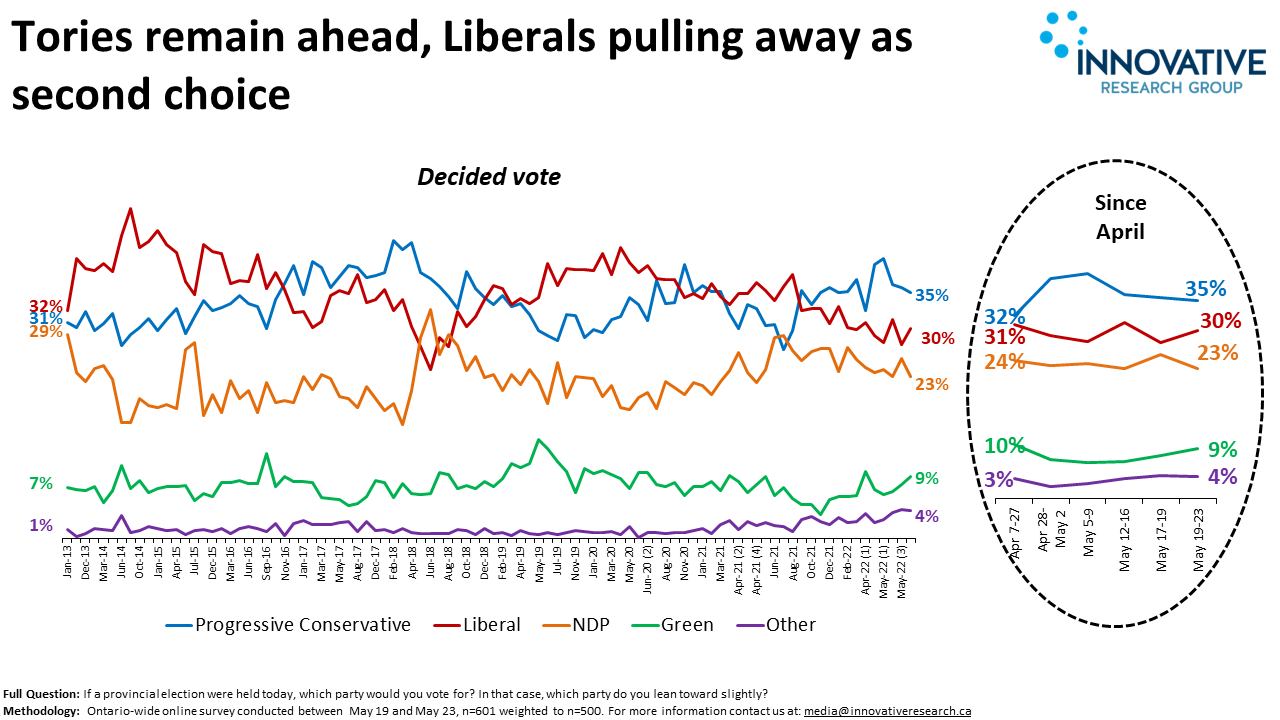
The PCs maintain healthy double-digit leads in the South/West and North/East regions of the province. The Liberals remain well ahead in Toronto, and may be gaining steam in the GTA, where they trail the PCs by just 3 points.
A growing number of Ontarians believe that the election is a two-horse race between the Liberals and the Tories. It is now at the highest point since the beginning of the campaign (57%), up 8 points since the start of last week.
Read, Seen or Heard
The PCs continue to receive the most attention in the campaign. Almost 1-in-2 say they have read, seen or heard something about the Tories in the last few days (48%). About 2-in-5 say the same about the NDP (42%), and only about 1-in-3 say they have read, seen or heard anything about the Liberals (35%).
The impact of what voters have read, seen or heard about the PCs has improved in recent days, although it remain slightly negative. The advantage the Liberals and NDP had over the PCs in read, seen or heard impact has been lost over the weekend. At this stage, even a holding pattern on favourability would bode well for the Tories.
![]()
Party Leaders
The leaders’ debate appears to have damaged impressions of NDP Leader Andrea Horwath. The number of Ontarians who say she would make the best premier is at its lowest point of the campaign (16%).
Doug Ford remains well ahead on the question of best premier (32%) and stands out as the one leader that can best rally his base. Almost 4-in-5 PC partisans say Ford is the best choice for premier (78%). A shrinking number of NDP partisans believe that Horwath would make the best premier (66%). Just 2-in-5 Liberal partisans say Del Duca would make the best premier (43%).
Among the three major parties, Ford’s favourability has improved markedly since the start of the campaign. Horwath and Del Duca have both seen their favourability decline since the start of the campaign.
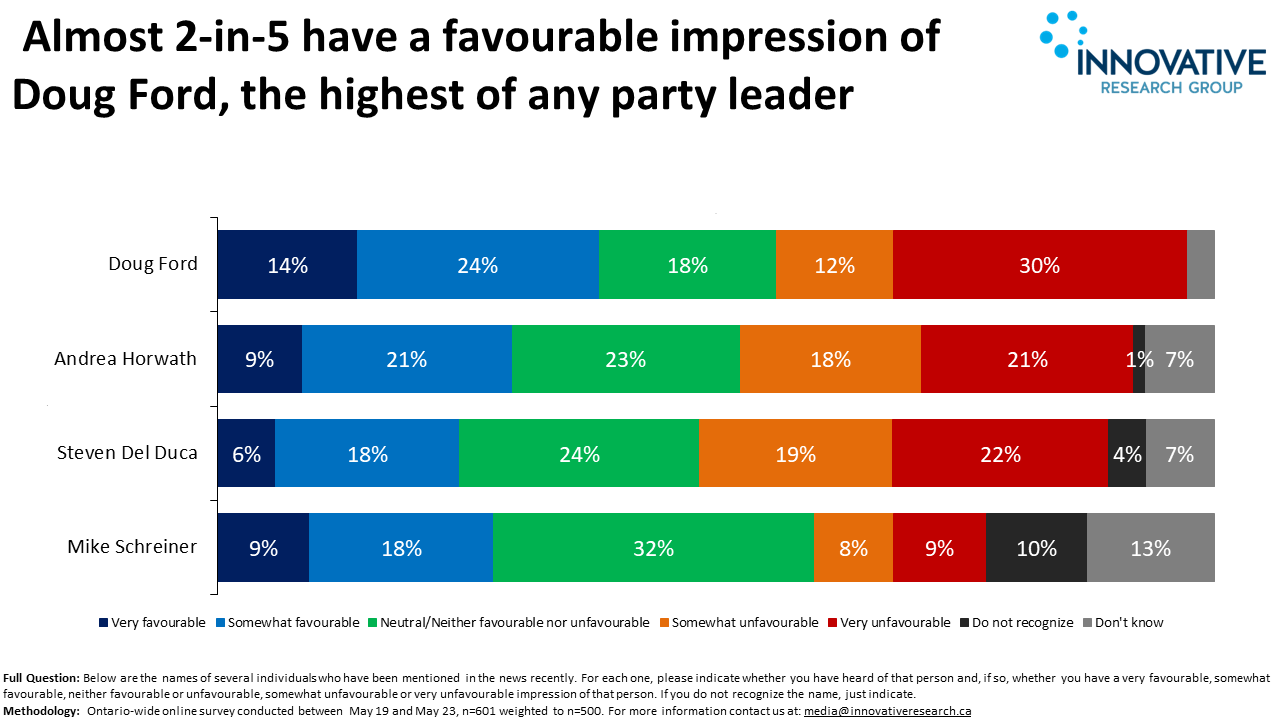
Satisficing
The number of Ontarians who say they have made up their minds continues to grow. Less than 2-in-5 voters say they would like to hear more before making up their minds in the election (39%), and over half say they have heard all they need to hear (55%). Unaligned voters (57%) and Liberal partisans (46%) are still the likeliest to say that they need to hear more before making up their minds.
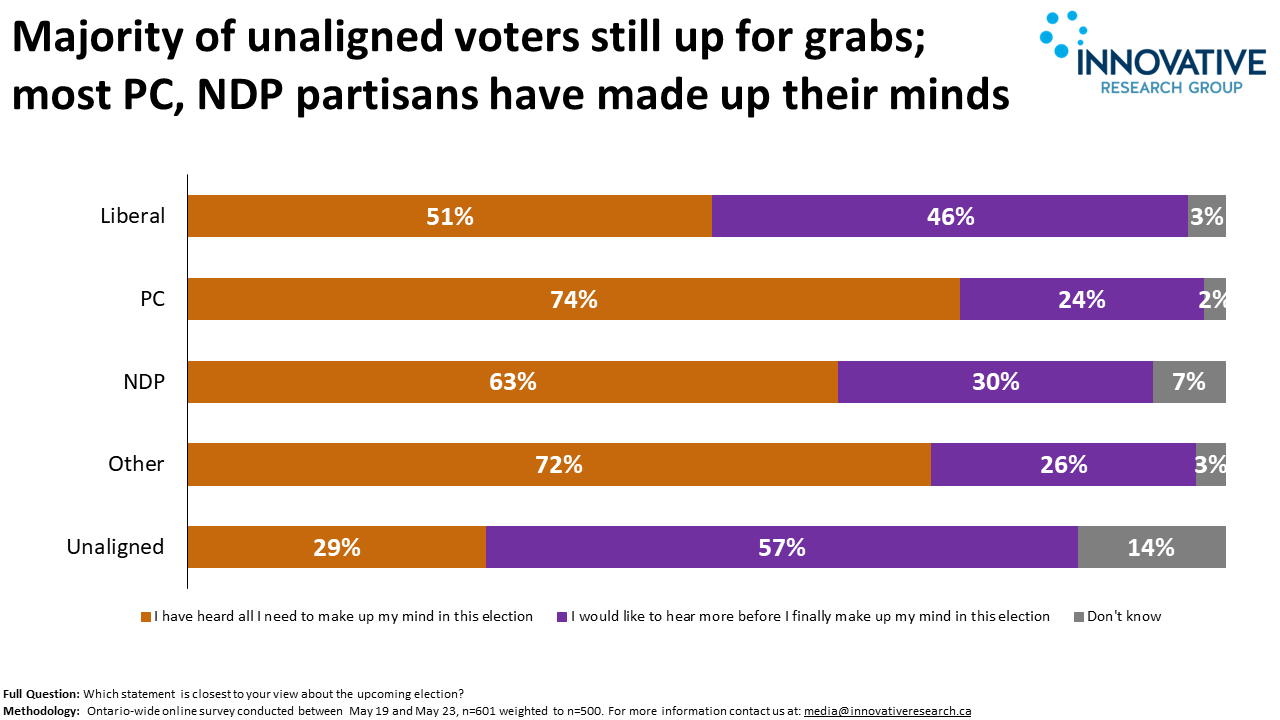
Time for a change
Voters who are conflicted about whether it is time for a change in government remain a key story in this campaign. About 1-in-9 Ontarians still believe it is time for a change in government, but also believe that the PCs are the best option to form government (11%). Almost 3-in-10 voters do not think it is time for a change in government (29%). The bloc of voters who remain conflicted about “time for a change” remains large enough to sway the final outcome.
Summary
The horserace remains remarkably stable. The Tories are still doing enough to win. There are some signs of encouragement for the Liberals, particularly in the “progressive primary”. The NDP have been unable to build momentum and a dwindling number of Ontarians view them as a viable challenger to the PCs. No party has a wind at its back heading into the final stretch, and that favours the Tories.

